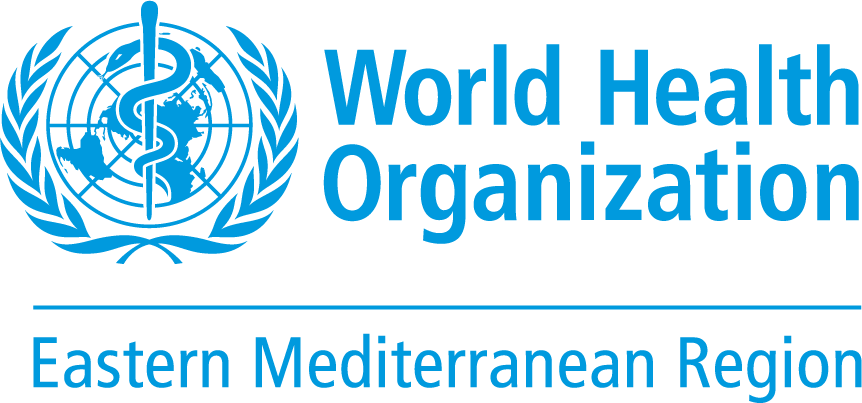What is high blood pressure?
- High blood pressure, or hypertension, is a condition in which the blood vessels have persistently raised pressure, increasing the pumping function of the heart and leading to hardening of the vessels.
- Normal adult blood pressure is defined as a systolic blood pressure of 120 mmHg and a diastolic blood pressure of 80 mmHg. Hypertension is defined as a systolic blood pressure equal to or above 140 mmHg and/or diastolic blood pressure equal to or above 90 mmHg.
- Normal levels of both systolic and diastolic blood pressure are particularly important for the efficient function of vital organs such as the heart, brain and kidney and for overall health and well-being.
Blood pressure levels
High
Systolic: 140 mmHg or higher
Diastolic: 90 mmHg or higher
At risk (prehypertension)
Systolic: 120–139 mmHg
Diastolic: 80–89 mmHg
Normal
Systolic: less than 120 mmHg
Diastolic: less than 80 mmHg
What are the risk factors for high blood pressure?
- Behavioural and lifestyle-related factors can put people at a higher risk for developing high blood pressure. These factors include tobacco use, unhealthy diet and excessive use of salt, physical inactivity, overweight and obesity and harmful use of alcohol.
- Blood pressure tends to rise as people get older, thus everyone’s risk for hypertension increases with age
- Hypertension can be hereditary. People can inherit genes that make them more likely to develop the condition. The risk of high blood pressure increases when hereditary factors are combined with unhealthy lifestyle choices.
What are the symptoms of high blood pressure?
- High blood pressure is called the “silent killer” because it often has no warning signs or symptoms, and many people do not realize they have it.
- When symptoms do occur, they can include early-morning headache, nosebleed, irregular heartbeats and buzzing in the ears. Symptoms of severe hypertension include tiredness, nausea, vomiting, confusion, anxiety and chest pain and muscle tremors.
- The only way to detect high blood pressure is to have blood pressure checked regularly.
What are the adverse health effects of high blood pressure?
It is dangerous to ignore high blood pressure. The longer blood pressure levels stay above normal, the higher the potential for damage to the heart and blood vessels in major organs such as the brain and kidneys. If left undiagnosed and uncontrolled, high blood pressure can lead to heart attack, enlargement of the heart and eventually heart failure. Blood vessels may develop bulges (aneurysm) and weak spots, making them more likely to rupture or clog. If this happens in the brain, a stroke may result. High blood pressure can also lead to kidney failure, blindness and cognitive impairment.
What is the magnitude of the problem?
- High blood pressure is a global public health problem. It is one of the major causes of premature death worldwide, killing nearly 8 million people every year, and the problem is growing.
- Over 1 billion people are living with high blood pressure. In 2008, the global overall prevalence of high blood pressure in adults aged 25 and over (including those on medication for high blood pressure) was around 40%.
- In 2008, among all WHO regions, the prevalence of high blood pressure was highest in the African Region (46%) and lowest in the Region of the Americas (35%).
- In the Eastern Mediterranean Region, two out of five adults are affected by high blood pressure.
- Males have a slightly higher prevalence of high blood pressure than females in almost all countries of the Region. The proportion of affected population ranges widely among countries of the Region, from 13.7% among adult males in Lebanon to 45.8% among adult males in Libya
- Ageing populations and rapid urbanization are reported as major contributors to the increased prevalence of high blood pressure in urban areas.
- Many people with high blood pressure in the Eastern Mediterranean Region remain undiagnosed, and therefore miss out on treatment that could significantly reduce their risk of death and disability from heart disease and stroke.
- Approximately 30% of adults in the Region have never had their blood pressure checked. Among those diagnosed with high blood pressure, 35% do not receive essential treatment.
Prevalence of high blood pressure among adults (≥25 years), by sex, in selected countries

Source: Extracted from the Global status report on noncommunicable diseases 2010
Hypertension is preventable and treatable
High blood pressure is largely preventable by adopting lifestyle modifications at early stages.
- Eat a healthy diet consisting of fresh fruits and vegetables, whole grains and lean proteins.
- Limit intake of sodium by reducing the amount of salt added to food. The total daily intake of salt or sodium chloride from all sources should be no more than 5 gm per day (1 teaspoon).
- Limit the intake of food high in saturated fats.
- Maintain a healthy weight. Being overweight can raise blood pressure.
- Be physically active. Physical activity can help lower blood pressure. Adults should engage in moderate physical activity for at least 30 minutes on most days of the week.
- Do not use tobacco. Smoking injures blood vessels and speeds up the hardening of arteries.
- Limit alcohol use.
- Regularly check blood pressure. Getting blood pressure checked regularly is important because high blood pressure often has no symptoms.
High blood pressure is treatable.
- Control high blood pressure. Blood pressure can be lowered through lifestyle modifications and regular use of medications.
- Prevent and manage other medical conditions such as diabetes. About 60% of people who have diabetes also have high blood pressure. The risk of diabetes can be reduced by eating a healthy diet, maintaining a healthy weight and being physically active.
- Reduce and manage mental stress through yoga, meditation and other relaxing techniques.





 English
English